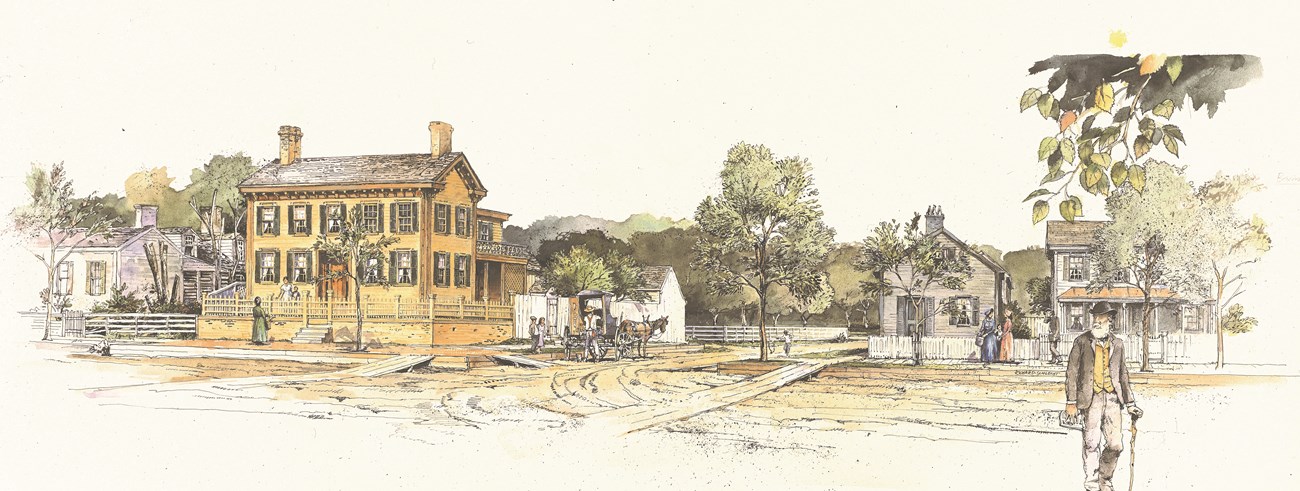
NPS Welcome to the Park!Follow in the footsteps of Abraham Lincoln as you explore the area surrounding his home of seventeen years. Outdoor exhibits:
Indoor ExhibitsIndoor exhibits are open to the public from 9:00 AM - 4:30 PM in the Dean and Arnold, and Corneau Houses:
Take a Virtual TourThrough a partnership with Google Arts and Culture, you can now take a virtual tour around the park. Historic Buildings and Key Points of Interest in the Park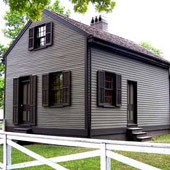
The Arnold HouseBuilt in 1839 by Reverend Francis Springer, the Arnold House was sold to Charles Arnold in 1850. Mr. Arnold was a political ally of Abraham Lincoln, as both were members of the Whig political party. Today, the house is open to the public with exhibits highlighting the historic preservation in the park. 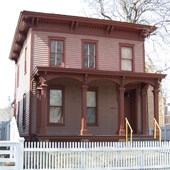
The Beedle HouseThe Beedle House was constructed ca. 1840. In 1860, William H. Beedle and his servant, Kate Tierney, lived at this address. Mr. Beedle was a railroad fireman. 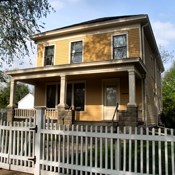
The Cook HouseConstructed ca. 1850s, by 1860, the Cook House was rented by Mrs. Sarah Cook. Mrs. Cook was a widow with several children and rented out some of the rooms of the Cook house. Previously, she operated a photography studio in Springfield. 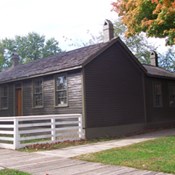
The Corneau HouseConstructed ca. 1849, the Corneau House was purchased by Charles Corneau in 1855. Mr. Corneau was a druggist, that era's version of a pharmacist. Like Lincoln, Mr. Corneau was a member of the Whig political party. 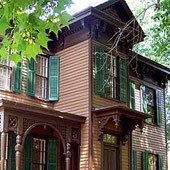
The Dean HouseConstructed ca. 1850s, the Dean House was owned and occupied by Harriet Dean and her son Frederick by 1860. Mrs. Dean was involved in teaching and gardening. Today, the first floor of the Dean House is open to the public, with exhibits about the Lincoln Home and the Lincoln family. 
Heirloom GardenLocated behind the Dean House on its western side, the heirloom garden gives visitors an idea of what types of foods were grown and eaten in the 1860s. In the summer, visitors can see the garden in full bloom and talk with local gardening volunteers who maintain the heirloom garden. 
The DuBois HouseBuilt in 1859, the DuBois house was the residence of Jesse K. DuBois until 1864. Mr. DuBois was a state auditor and a close friend of Abraham Lincoln, even naming his son after the president. 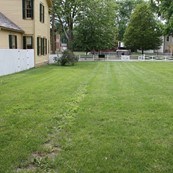
Jameson Jenkins LotIn the late 1840s, Jameson Jenkins purchased the Jenkins lot and the home at the site. Mr. Jenkins was a drayman, transporting goods and providing transportation services. The day Lincoln left to Washington D.C., it was Mr. Jenkins who gave Lincoln a ride to the Great Western Depot. Mr. Jenkins was also a conductor of the Underground Railroad.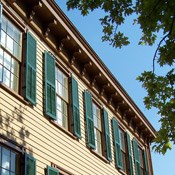
The Lincoln HomeBuilt in 1839 by Reverend Charles Dresser, the Lincoln Home was purchased by the Lincolns and served as their home for the next 17 years. While living there, Lincoln was a lawyer and aspiring politician. It was also where three of his children--Eddie, Willie, and Tad--were born. 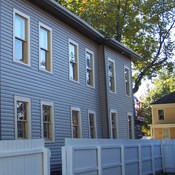
The Miller HouseBelieved to be built around 1850, the Miller House was occupied by Allen miller and his family from 1855 to 1864. Mr. Miller was a wealthy local dealer in leather, stoves and tin. 
The Morse HouseBuilt in 1855, the Morse House was home to Mr. James Morse and family from 1855-1880. 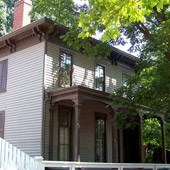
The Rosenwald HouseNoted businessman and philanthropist Julius Rosenwald (1862-1932) lived in this house as a boy between 1869 and 1879. Rosenwald helped rural African American communities in the South build what came to be called "Rosenwald Schools." By 1932, 600,000 African American children benefited from the more than five thousand Rosenwald schools and related facilities throughout fifteen southern states. 
The Robinson HouseBuilt between 1863-1866, the Robinson House was the residence of Henson Robinson. Mr. Robinson was a partner in a Springfield business which sold stoves, furnaces and other tin ware. The business manufactured cups and plates for soldiers during the Civil War. 
The Shutt HouseBuilt prior to 1859, the house was rented to lawyer George Shutt in 1860. Although a neighbor of Abraham Lincoln, Shutt supported Stephen A. Douglas in the presidential Campaign of 1860. 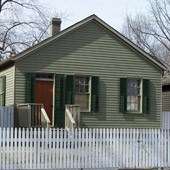
The Sprigg HouseBelieved to be built by John B. Weber in 1851, the Sprigg House was purchased by Julia Sprigg in 1853. Mrs. Sprigg was a friend of Mary Lincoln and her daughter cared for the Lincolns' sons. Mrs. Sprigg lived in this house from 1853 to 1869. |
Last updated: February 14, 2024
